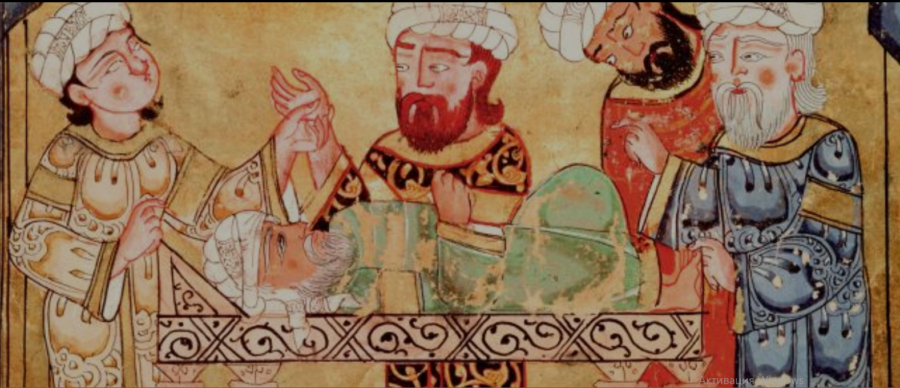As a role model to young Muslim generations, Muslim and non-Muslim scholars, during the era of the Islamic Caliphate, were known for their great achievements, enlightenment, elaborating the theories of the ancient Egyptians, Mesopotamians, Chinese, and Greeks.
They made groundbreaking medical discoveries as Europe went through the Dark Ages.
Those scholars had a wide-ranging interest in health and disease, and the Muslim doctors wrote extensively, developing complex literature on medication, clinical practice, ailments, cures, treatments, and diagnoses.
The scientists of the medieval Islamic World expertly gathered data and ordered it so that people could easily understand and reference information through various texts.
Science was obviously a subject of deep existence in the core of the medieval Islamic culture. Centers of learning grew out of famous mosques, and hospitals were often added at the same site.
Medieval Muslims were open-minded to the fact that Islam and science don’t contradict each other. The Islamic society across the medieval period believed that Allah is the provider of treatment for every illness, and at the same time they developed and enhanced their medical systems and practices with pure scientific elements.
This remarkable scope of the medieval Muslim communities was in sharp contrast to the medieval European Catholic thought which maintains that diseases were present to punish disbelievers and sinners, and thus, curing was against the will of God.
Outside Dark Europe, the Muslim biologists and doctors had interest in the scientific view of health, searching for causes of illness, possible treatments, and cures. The Muslim World produced some of the greatest medical thinkers in history to date.
Pillars of Excellence
Among the most prominent medieval Muslim doctors who made significant contributions to medicine was Ahmad ibn Abi al-Ash’ath, an Iraqi physician, who described how a full stomach dilates and contracts after experimenting on alive lions.
Another Iraqi physician was Abd al-Latif al-Baghdadi who was also a historian, Egyptologist, and traveler, and lived from 1162 to 1231 AD.
After observing the remains of over 2,000 people, he concluded that the lower jaw, or mandible, consists of just one bone.
In the 10th century, Ammar ibn Ali al-Mawsili invented a hollow syringe that he used to remove cataracts by suction. Other medieval doctors of the Islamic World also performed eye surgeries to treat trachoma.
Cauterization was a common procedure, involving burning the skin to prevent infection and stem bleeding. A surgeon heated a metal rod and placed it on the wound to clot the blood and improve healing.
Female doctors were common in medieval Islamic medical practice, according to an article published in The Lancet in 2009. Some Muslim women from the families of famous physicians appear to have received elite medical training, and they treated both males and females.
This article is from our archive, originally published on an earlier date, and highlighted now for its importance


